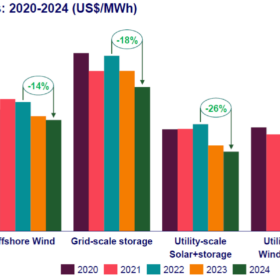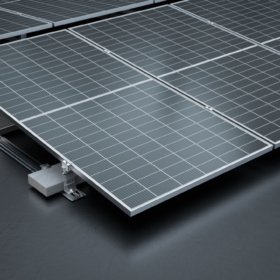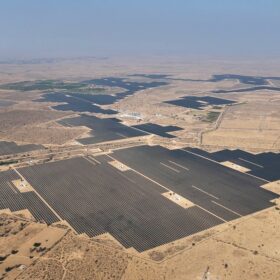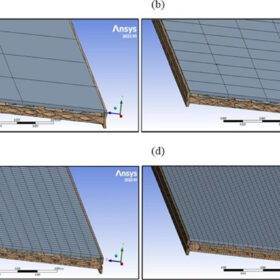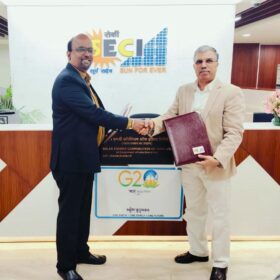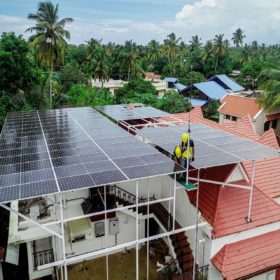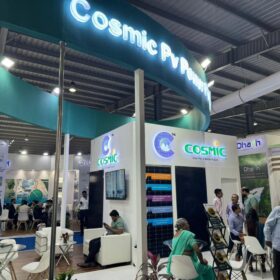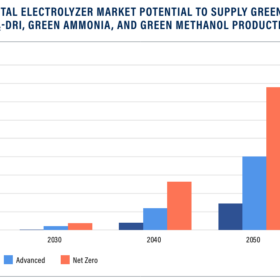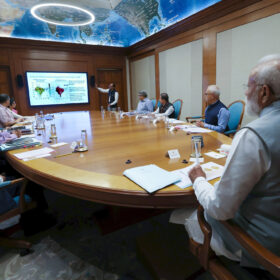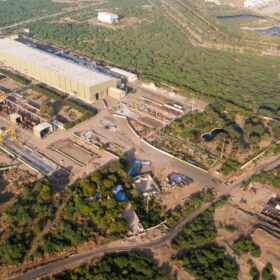Utility-scale PV cheapest power source in Asia Pacific, says WoodMac
Wood Mackenzie says the levelized cost of electricity (LCOE) in the Asia-Pacific region hit an all-time low in 2023, as utility-scale PV beat coal to become the cheapest power source. It predicts a further drop in costs for new-build solar projects, driven by falling module prices and oversupply from China.
Aerocompact releases new portrait mounting system
Austrian manufacturer Aerocompact has developed the SN2 Q PLUS solar mounting system, which can support PV modules measuring up to 1,310 mm x 2,500 mm. It has an installation angle of between 5 degrees and 10 degrees.
Polysilicon shipments into China fall to lowest level since 2011
Bernreuter Research says the volume of polysilicon shipments into China dropped 28.5% year on year in 2023 to the lowest level since 2011. It predicts that imports could fall by another 40% this year.
Amplus Solar commissions 360 MWp ISTS-connected PV project in Rajasthan
The 360 MW DC solar plant, connected to the inter-state transmission system, will supply power to commercial and industrial customers nationwide.
New design for photovoltaic-thermal panels mitigates risk of cracking
Researchers in Sweden have developed a new PVT module using an aluminum alloy structure between the thermal absorber and the photovoltac cells. This architecture reportedly reduces thermal expansion by 20%, thus increasing the chances of mitigating cracks in the PV unit.
Jakson Green signs its first renewable power pact with Solar Energy Corp. of India
Jakson Green will develop a utility-scale solar project for power supply to Solar Energy Corp. of India (SECI) under a 25-year power purchase agreement. The power procured by SECI has been provisioned to be sold to different discom entities in India.
Cabinet approves scheme for installing rooftop solar in ten million households
The residential rooftop solar scheme provides a central financial assistance (CFA) of 60% of the system cost for 2 kW systems and 40% of the additional system cost for systems between 2 to 3 kW capacity. The CFA will be capped at 3 kW. At current benchmark prices, this will mean INR 30,000 subsidy for 1 kW system, INR 60,000 for 2 kW systems, and INR 78,000 for 3 kW systems or higher.
Perovskite: The next breakthrough in solar panel technology for India
Perovskite technology, with its potential for large-scale deployment and local production, presents a compelling pathway towards a more secure and sustainable energy future.
Cosmic PV Power ramping up solar module manufacturing capacity to 1.2 GW
Gujarat-based Cosmic PV Power is expanding its solar module manufacturing capacity to 1.2 GW per year with the addition of a 600 MW line. The new line will be equipped for TOPCon modules and will start production by May.
Panasonic Energy achieves carbon neutrality for its dry cells manufacturing facility in India
Panasonic Energy India Co. Ltd, the leading dry cells manufacturer in India, is promoting sustainability across the value chain. The company’s facility in Madhya Pradesh now meets 35% of its electricity demand with solar power and recycles 100% of wastewater generated from operations.
